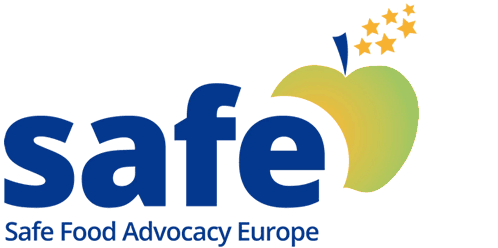Total copper intakes below new safe level, EFSA says
20 January 2023
The European Food Safety Authority (EFSA) has established a new acceptable daily intake (ADI) for copper and assessed that the combined exposure to copper from all sources does not pose health concerns for the EU population.
The Authority scientific experts estimated for the first time the exposure to copper from all dietary and non-dietary sources. Significant contributors to copper intake are foods (for infants and toddlers infant, in particular, the main source for dietary exposure are formula and follow-on formula), as well as long-term use of copper utensils and copper pipes, while “the contribution of pesticides, food and feed additives, or fertilisers is negligible.”
Copper, which is naturally present in many foods and also enters the food chain through its use in organic and conventional pesticides, feed and food additives, is an essential micronutrient for humans, but an excessive copper retention in the body over time could be toxic for humans, especially to the liver. Efsa established established an acceptable daily intake (safe level) of 0.07 milligrams per kilogram of body weight for the adult population, and stated that no retention of copper is expected to occur with an intake of up to 5 mg per day.
For infants and toddlers, despite the important contribution of formula and follow-on formula to copper intakes, EFSA clarifies that adverse effects are not expected due to children’s higher nutrient requirements for growth.



